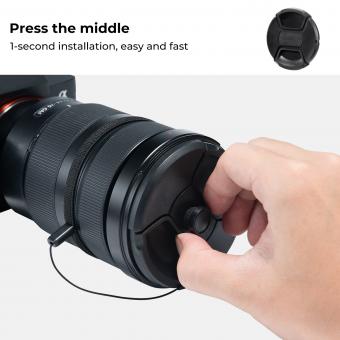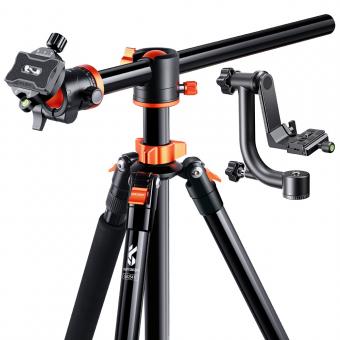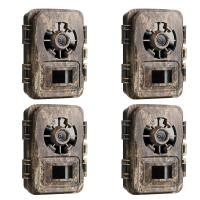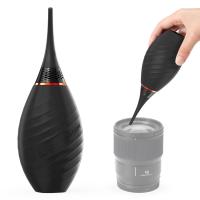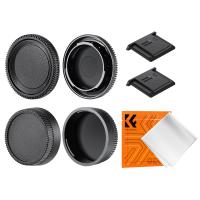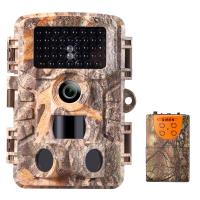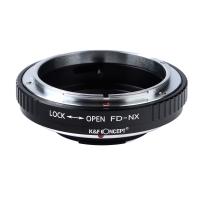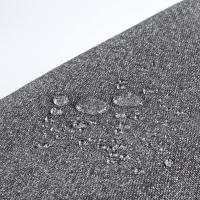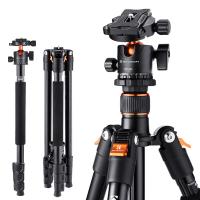How Install Cctv Camera Step Step?
1. Plan the installation: Determine the areas you want to monitor and the number of cameras you need. Decide on the type of camera and the features you require.
2. Choose the location: Select the best location for each camera based on the area you want to monitor. Ensure that the camera is mounted securely and is protected from the elements.
3. Install the camera: Follow the manufacturer's instructions to install the camera. Connect the camera to the power source and the recording device.
4. Connect the recording device: Connect the recording device to the camera and the monitor. Configure the recording device to record the footage.
5. Test the system: Test the system to ensure that the cameras are working properly and the footage is being recorded. Adjust the camera angles and settings as necessary.
6. Monitor the system: Monitor the system regularly to ensure that it is functioning properly. Review the footage as needed to identify any security issues or incidents.
1、 Planning and Designing the CCTV System
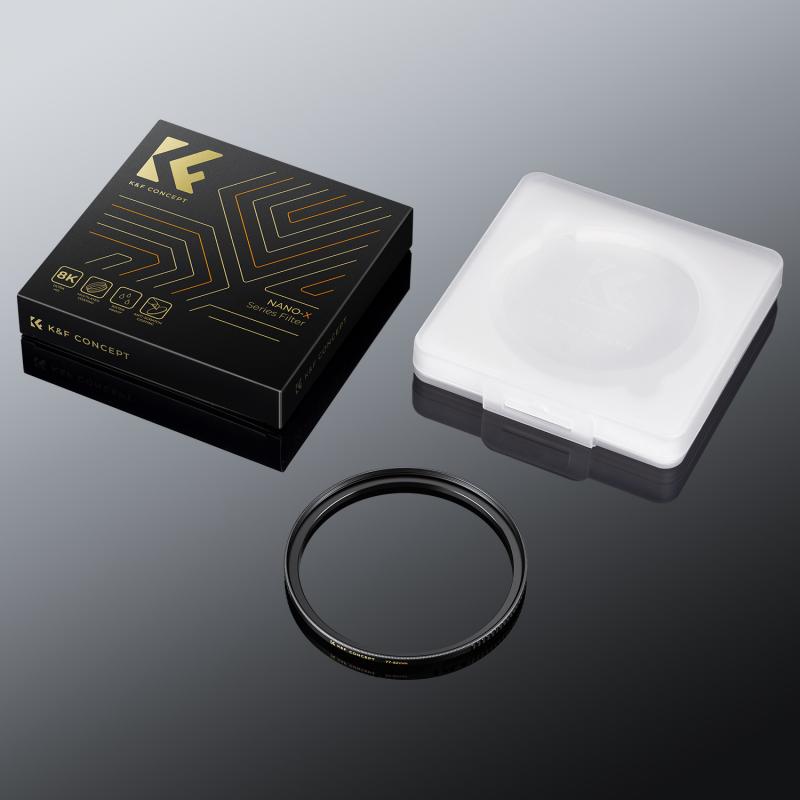
How to Install CCTV Camera Step by Step:
1. Determine the Purpose: Before installing a CCTV system, it is important to determine the purpose of the system. This will help in selecting the right type of cameras, recording devices, and other equipment.
2. Choose the Right Cameras: There are different types of cameras available in the market, such as dome cameras, bullet cameras, and PTZ cameras. Choose the cameras that are suitable for the purpose and location of the installation.
3. Select the Recording Device: The recording device is an important component of the CCTV system. Choose the device that can store the footage for the required duration and has the necessary features such as remote access and backup.
4. Plan the Installation: Plan the installation of the cameras and other equipment. Consider factors such as the location of the cameras, the wiring required, and the power source.
5. Install the Cameras: Install the cameras according to the plan. Ensure that the cameras are mounted securely and are positioned correctly to capture the required footage.
6. Connect the Cameras: Connect the cameras to the recording device using the appropriate cables. Test the connections to ensure that the cameras are working properly.
7. Configure the System: Configure the CCTV system according to the requirements. Set up the recording schedule, motion detection, and other settings.
8. Test the System: Test the CCTV system to ensure that it is working properly. Check the footage quality, the recording duration, and the remote access.
9. Maintain the System: Regular maintenance is important to ensure that the CCTV system is working properly. Clean the cameras, check the wiring, and update the software as required.
In the latest point of view, it is important to consider the cybersecurity aspect of the CCTV system. Ensure that the system is protected from hacking and unauthorized access. Use strong passwords, update the software regularly, and limit the access to the system.
2、 Choosing the Right CCTV Camera and Accessories

How to Install CCTV Camera Step by Step
Installing a CCTV camera can be a daunting task, but with the right tools and knowledge, it can be done easily. Here are the steps to install a CCTV camera:
Step 1: Choose the Right CCTV Camera and Accessories
Before installing a CCTV camera, it is important to choose the right camera and accessories. There are different types of CCTV cameras available in the market, such as dome cameras, bullet cameras, and PTZ cameras. Choose the one that suits your needs and budget. Also, make sure to buy the necessary accessories, such as cables, power supply, and DVR.
Step 2: Plan the Installation
Before installing the CCTV camera, plan the installation. Decide where you want to install the camera and how you want to route the cables. Make sure to choose a location that provides a clear view of the area you want to monitor.
Step 3: Install the Camera
Once you have chosen the location, install the camera. Mount the camera on the wall or ceiling using the screws provided. Make sure to adjust the camera angle to get the best view.
Step 4: Connect the Cables
Connect the cables to the camera and run them to the DVR. Make sure to use the right cables and connectors. Connect the power supply to the camera and the DVR.
Step 5: Configure the DVR
Configure the DVR to record the footage. Set the recording schedule and adjust the video quality settings. Make sure to set up remote access to view the footage from anywhere.
Step 6: Test the System
Test the CCTV camera system to make sure it is working properly. Check the video quality and make sure the camera is capturing the desired area.
In conclusion, installing a CCTV camera requires careful planning and attention to detail. By following these steps, you can install a CCTV camera easily and ensure the safety and security of your property. It is also important to keep up with the latest technology and trends in CCTV cameras to ensure maximum security.
3、 Mounting and Positioning the CCTV Camera

How to Install CCTV Camera Step by Step: Mounting and Positioning the CCTV Camera
Mounting and positioning the CCTV camera is a crucial step in the installation process. Here are the steps to follow:
1. Choose the right location: The first step is to choose the right location for your CCTV camera. It should be placed in an area that provides a clear view of the area you want to monitor. Make sure the camera is not obstructed by any objects or obstacles.
2. Mount the camera: Once you have chosen the location, mount the camera using the appropriate mounting bracket. Make sure the camera is securely attached to the bracket.
3. Connect the cables: Connect the power and video cables to the camera. Make sure the cables are properly connected and secured.
4. Adjust the camera angle: Adjust the camera angle to get the best view of the area you want to monitor. Use the camera's manual or software to adjust the angle.
5. Test the camera: Once the camera is mounted and positioned, test it to make sure it is working properly. Check the video feed and make sure it is clear and stable.
6. Secure the camera: Finally, secure the camera and cables to prevent tampering or damage. Use cable ties or other methods to secure the cables and camera in place.
It is important to note that the latest point of view in CCTV camera installation is to use wireless cameras. Wireless cameras eliminate the need for cables and make installation easier and more flexible. However, they may not be suitable for all situations and may require a strong Wi-Fi signal for optimal performance.
4、 Running Cables and Wiring the CCTV System
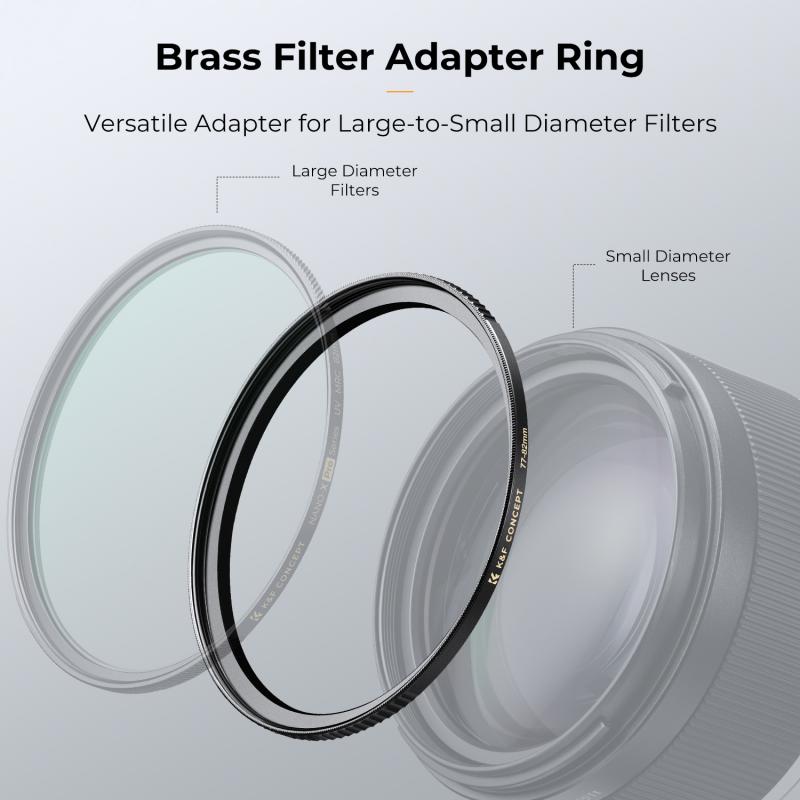
How to Install CCTV Camera Step by Step: Running Cables and Wiring the CCTV System
Running cables and wiring the CCTV system is an essential step in installing a CCTV camera. Here are the steps to follow:
1. Plan the layout: Before running cables, plan the layout of the CCTV system. Determine the location of the cameras, the DVR, and the power source. This will help you determine the length of the cables needed.
2. Choose the right cables: Choose the right cables for your CCTV system. Use high-quality cables that are designed for CCTV systems. The most common types of cables used in CCTV systems are coaxial cables and twisted pair cables.
3. Run the cables: Run the cables from the cameras to the DVR. Use cable clips to secure the cables to the walls or ceilings. Make sure the cables are hidden and not exposed to the elements.
4. Connect the cables: Connect the cables to the cameras and the DVR. Use BNC connectors for coaxial cables and RJ45 connectors for twisted pair cables. Make sure the connections are tight and secure.
5. Power the cameras: Power the cameras using a power supply or a PoE switch. Make sure the power source is stable and reliable.
6. Test the system: Test the system to make sure everything is working properly. Check the video feed from each camera and make sure the DVR is recording.
7. Hide the cables: Once everything is working properly, hide the cables. Use cable covers or conduit to hide the cables and make the installation look neat and professional.
In the latest point of view, wireless CCTV systems have become increasingly popular due to their ease of installation and flexibility. However, wired CCTV systems still offer better reliability and security, especially for larger installations. It is important to choose the right cables and connectors for your CCTV system to ensure a stable and reliable connection.









